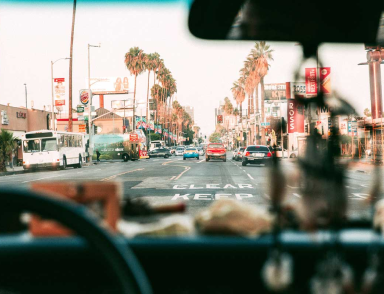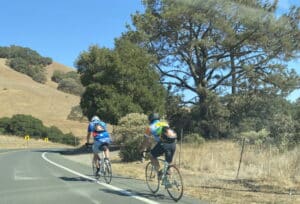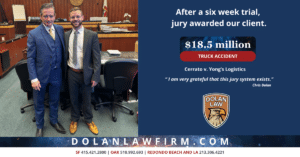Proving Fault in Slip-and-Fall Cases
There is no precise way to determine when someone else is legally responsible for your injuries if you slip or trip. Each case turns on whether the property owner acted carefully so that slipping or tripping was not likely to happen, and whether you were careless in not seeing or avoiding the condition that caused your fall. Here are some general rules to help you decide whether someone else was at fault for your slip- or trip-and-fall injury.
In most cases, a person injured in a slip-and-fall on someone else’s property must prove that the cause of the accident was a “dangerous condition” and that the owner or possessor of the property knew of the dangerous condition. A dangerous condition must present an unreasonable risk to a person on the property, and it must have been a condition that the injured party should not have anticipated under the circumstances. This latter requirement implies that people must be aware of and avoid obvious dangers.
To establish that a property owner or possessor knew of a dangerous condition, it must be shown that:
- The owner/possessor created the condition
- The owner/possessor knew the condition existed and negligently failed to correct it
- The condition existed for such a length of time that the owner/possessor should have discovered and corrected it prior to the slip-and-fall incident in question.
For a property owner or possessor to be held liable, it must have been foreseeable that his or her negligence would create the danger at issue. For instance, if a can of paint falls to the ground and spills into an aisle in a hardware store and, one day later, the store has not noticed or cleaned up the spill and someone slips in the paint and is injured, one might argue it was foreseeable that the store’s negligence in failing to inspect its aisles and clean up spills would result in someone slipping and getting injured.
Occasionally, a plaintiff can prove negligence by showing that the property owner violated a relevant statute. For example, building codes often dictate when and where handrails and other similar features must be installed. If you fall on a stairway that lacked appropriate handrails, and the lack of the handrail caused your injuries, you may have a valid claim against the building owner based on his or her building code violation.
Responsible Parties
To recover for a slip-and-fall injury sustained on another’s property, there must be a responsible party whose negligence caused the injury. This sounds obvious, but many people do not realize that some injuries are simply accidents caused by, if anything, their own carelessness. For instance, if someone falls simply because he/she was not looking where he/she was walking, he/she cannot recover against the property owner if the owner was in no way at fault, no matter how serious the injury. If an injured person is only partially at fault for the injury, he/she might still be able to recover from another, but the dollar amount might be reduced.
Contact the Dolan Law Firm
If you have been injured in a San Francisco slip-and-fall accident and you need an energetic lawyer who cares about you as a person and is dedicated to getting you the best result, contact the attorneys of the Dolan Law Firm for a free case evaluation by calling 888-452-4752 or emailing us.
Our services are available in Spanish, and evening and weekend appointments are available. We will even come to you at your home or the hospital if you are unable to come to us. Our injury lawyers work on a contingent fee.













